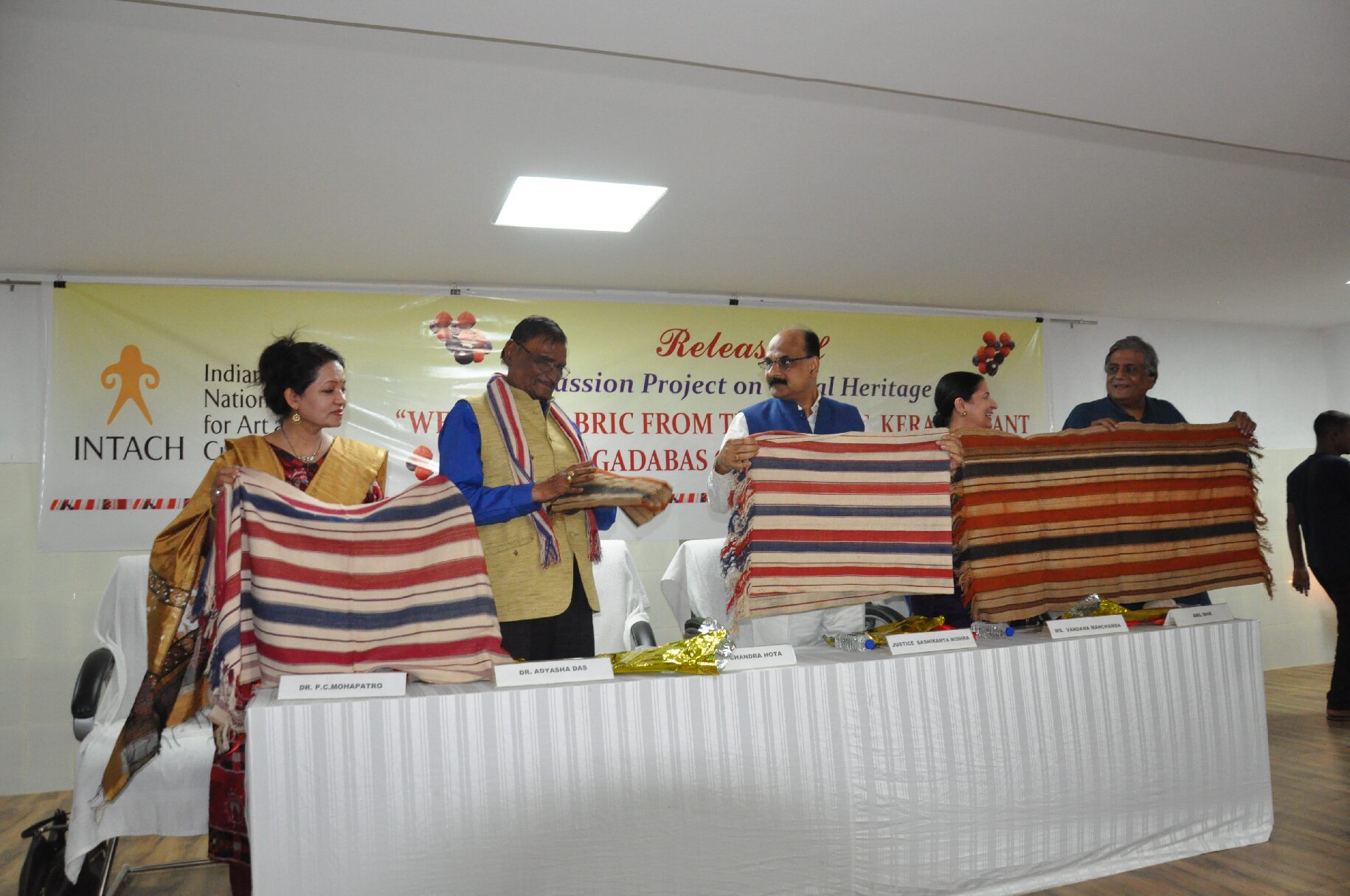The prices of tomatoes have surged up to Rs 150 to Rs 200 per kilogram in retail markets and experts don’t see a sign of ease in pricing. According to the Consumer Affairs Department, tomato prices jumped 38 per cent month-on-month in June.
Tomato prices have seen a significant jump, reaching close to Rs 155/kg to Rs 200/Kg in major cities of our country.
Therefore, we find newspaper headlines read, “Tomatoes are more expensive than petrol. Rs 200 for 1 kg of tomato”, “McDonald’s drop tomatoes from its dishes because of high price and quality”, “Tomatoes to affect inflation in India worries RBI” etc. Lot many cartoons also appear, besides humorous postings in social media.
In recent weeks the prices of tomatoes have surged up to Rs 150 to Rs 200 per kilogram in retail markets and experts don’t see a sign of ease in pricing. According to the Consumer Affairs Department, tomato prices jumped 38 per cent month-on-month in June.
The recent surge in tomato prices has increased the monthly kitchen budgets for households across India and even many people have stopped consuming tomatoes. The exorbitant rate of tomatoes is attributed to a combination of environmental, logistical, and market factors. The incessant rain and lack of fresh supply have affected the availability of the essential vegetable in the market.
Tomatoes are an important part of the Indian household, king of the Indian kitchen, and when their prices are skyrocketing, it disturbs the monthly budget of every Indian family. Above are the few headlines that have really affected every single household in India and are defiantly threatening the Indian economy section. The exorbitant rate of tomatoes is attributed to a combination of environmental, logistical, and market factors.
While the tomato surge, consumers are waiting for the price to come down. However, multiple factors impact tomato prices. Indian farmers grow three crops of tomatoes. AsSummer crop, is grown in hilly cool parts of Maharashtra and parts of Karnataka and Andhra Pradesh. The supply of Summer crops comes into the market between April and August. The second is the Kharif crop, which is grown in well drained, sloppy tracks of UP and Maharashtra and comes into the market during the rest of the year except Rabi season. During Rabi season, tomatoes are grown everywhere. These places are the major suppliers of tomatoes in the country.
This year, there is a difficulty for the summer tomato crop. The responsibility will lie in various factors, including monsoons, inadequate production, and extreme heat. The first batch is planted in the month of January-March, which results in the first batch of produce during April-June. This crop fetches better returns for farmers too. However, the harvest was affected this year by the sudden heat, as it led to pest attacks on tomato crops, resulting in lower produce and higher market rates. The leaf viruses led to such havoc in Karnataka and Maharashtra that the local Agriculture produce market Committee which received nearly 5.50 lakh quintals of tomatoes in June last year has got just 3.2 lakh quintals this year.
Then comes the unseasonal rainfall in May, the supply of tomatoes has been disrupted in the past weeks from the producing states, where the harvesting and transportation process have been adversely affected. These circumstances have had a notable impact on the availability of tomatoes.
Well, the tomatoes surge is doing the tango in the pockets of every household but to get the facts right, the rest of the vegetables have also seen a slight price rise in some states, like cauliflower, potatoes, onions, cabbage, chilies and ladyfingers. The reason for tomatoes to be the talk of the town could be because their production is limited to certain parts of the country, thereby adding to the transportation charges, as well as their lower shelf life which leads to the difficulty of storage.
The tomato surge will come down only when the Kharif tomato will be pushed into the market, of which the transplantation has begun after the arrival of the monsoon. Hence, you can say that only after mid-August the fresh produce will be pushed into the market, which will cool down the retail prices.
Meanwhile, the government recently stated that the current surge is due to a seasonal phenomenon and that prices are likely to decrease within the next 15 days and normalize within a month.
In Odisha, we can grow this sought-after vegetable throughout the year – Kharif, Rabi and Summer. But, the problem is lack of Cold storage facility. In the sloppy hilly areas, we can grow Kharif tomato and in the cool and high-altitude areas we can grow during summer season. The seed supply of the appropriate suitable varieties is available too. Lack of processing units during bumper Rabi harvest has discouraged our farmers.
Amid the rising prices of tomatoes, the consumers are waiting the price to come down. However, multiple factors impact the tomato prices and there is no sign of ease in cost in the next few weeks.







































